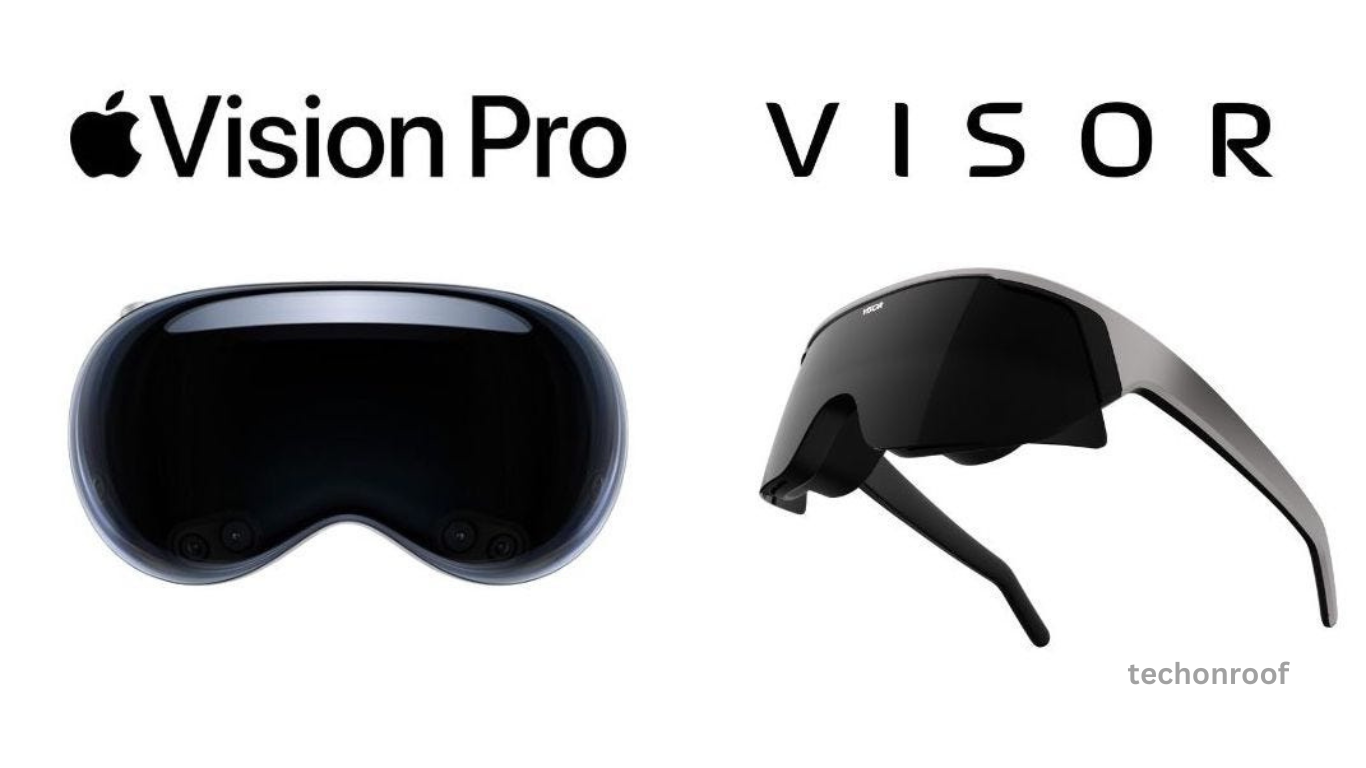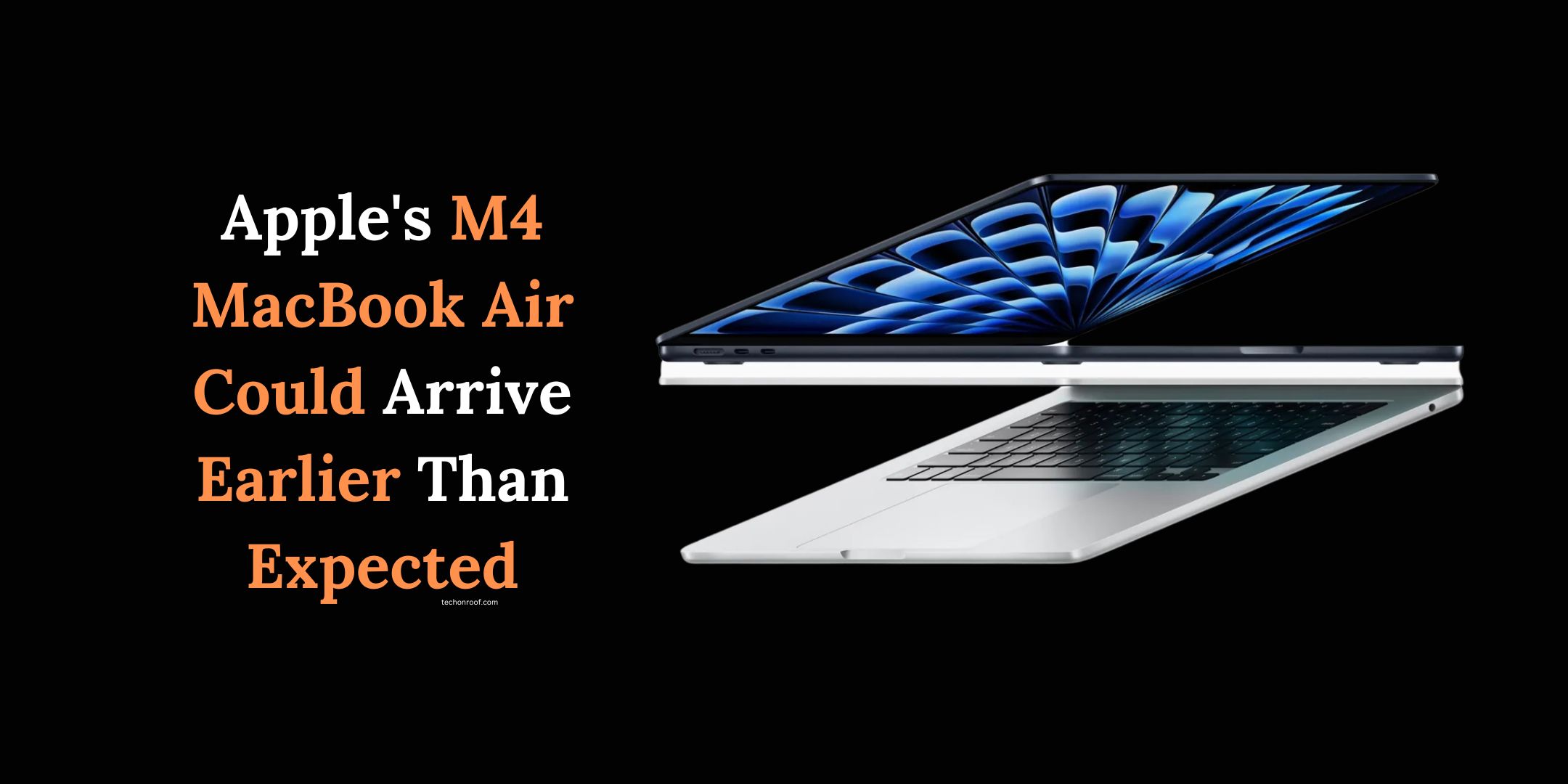The Immersed Visor is a new headset designed to bridge the gap between simpler “face monitors,” like the $440 Viture One XR, and high-end devices like the $3,500 Apple Vision Pro. Priced at $1,050, it offers some advanced features but doesn’t work as a standalone device. It’s mainly intended for use as a Mac monitor and includes both hand-tracking and eye-tracking technology.
One notable feature is that, like the Vision Pro, the Immersed Visor virtual screens stay fixed in your physical space even when you move your head. This sets it apart from basic glasses-style monitors where the display moves as you look around. Users can switch between a passthrough mode, which allows you to see your surroundings, and completely virtual environments. It also supports collaborative work, letting multiple users share screens and interact together.
Though the Immersed Visor can be worn as glasses, the company admits this isn’t practical for long use. Instead, it recommends using a more comfortable strap for extended periods, similar to the Vision Pro. Like Apple’s device, it has an external battery pack that can be carried in your pocket.
Immersed, an Austin-based startup known for creating VR and mixed reality workspace software, is now venturing into hardware with this device. The Visor is positioned somewhere between a “Vision Pro Lite” and the Xreal Plus, offering a more affordable but still powerful mixed reality experience. Founder Renji Bijoy officially introduced the Immersed Visor at an event in Austin, after months of teasers.
Each eye is treated to a 4K OLED screen, and the headset provides a 100-degree field of view. Its 6DoF (six degrees of freedom) tracking lets it respond to complex movements, not just simple head turns. Additionally, it supports up to five virtual screens in a mixed or fully virtual environment.
The Immersed Visor is impressively light, weighing just 186 grams – a bit less than an iPhone 16 Pro. This makes it 64% lighter than the Meta Quest 3 and about 70% lighter than the Apple Vision Pro. Weight and comfort have been issues for many users of early VR and mixed reality headsets, but the Visor aims to solve that with its light design. A wired battery pack, which you carry in your pocket, also contributes to its lower weight.
However, unlike the Vision Pro or Meta Quest, the Immersed Visor doesn’t include an app store or pre-installed entertainment apps. It’s designed for productivity and works by connecting to a Windows, macOS, or Linux computer, either wired or wirelessly, turning the headset into a set of virtual screens. Thanks to 6DoF tracking, you can move around, and your virtual workspace will stay fixed in place.
You can also choose between viewing your real-world surroundings through passthrough mode or working in entirely virtual settings, which include scenic options like a cozy mountain ski resort. The headset supports teamwork, allowing users to interact in shared virtual spaces.
Powered by Qualcomm’s XR2+ Gen 2 chip, introduced at CES 2024, the Visor supports up to 4.3K resolution per eye and content running at up to 90fps, ensuring smooth and detailed visuals.





